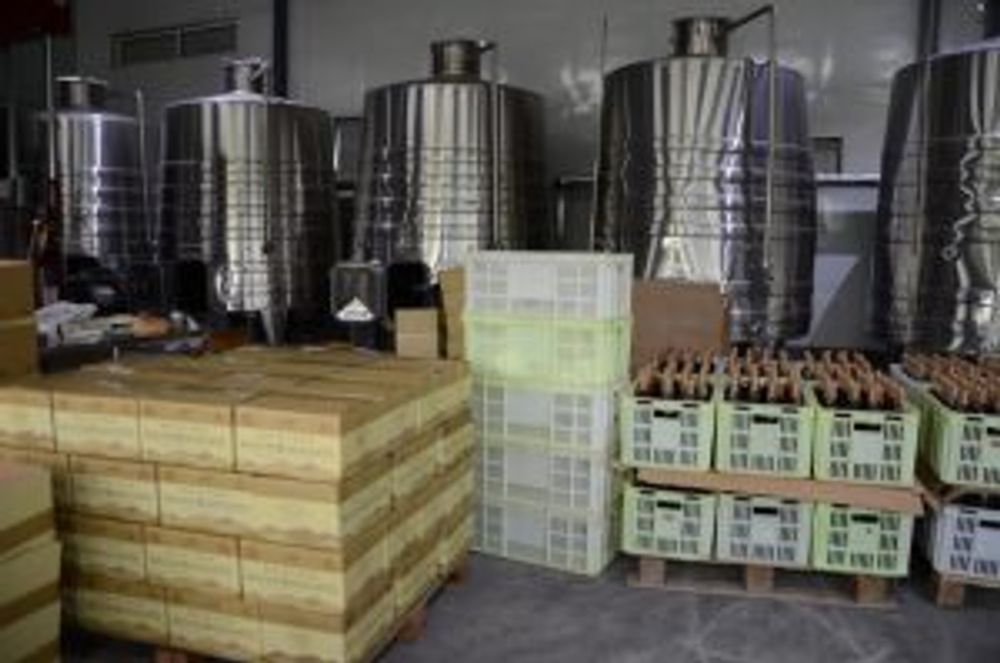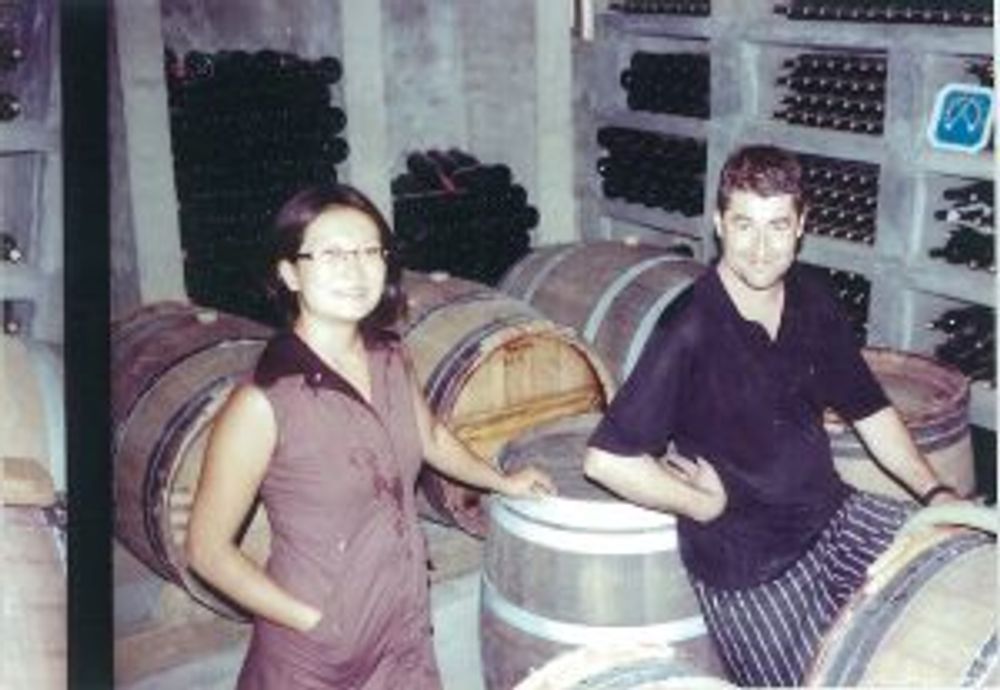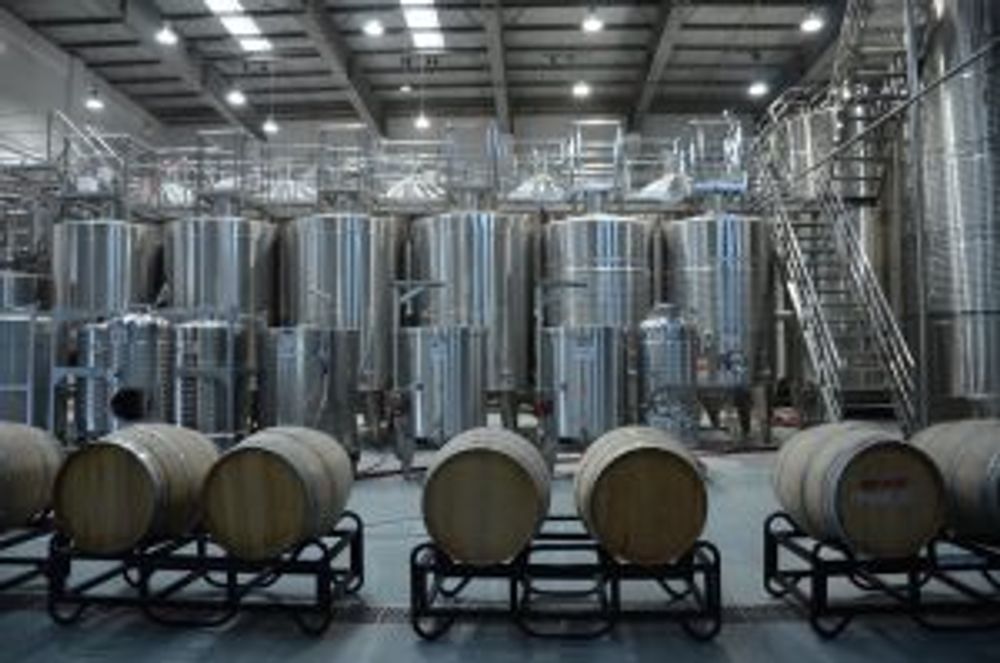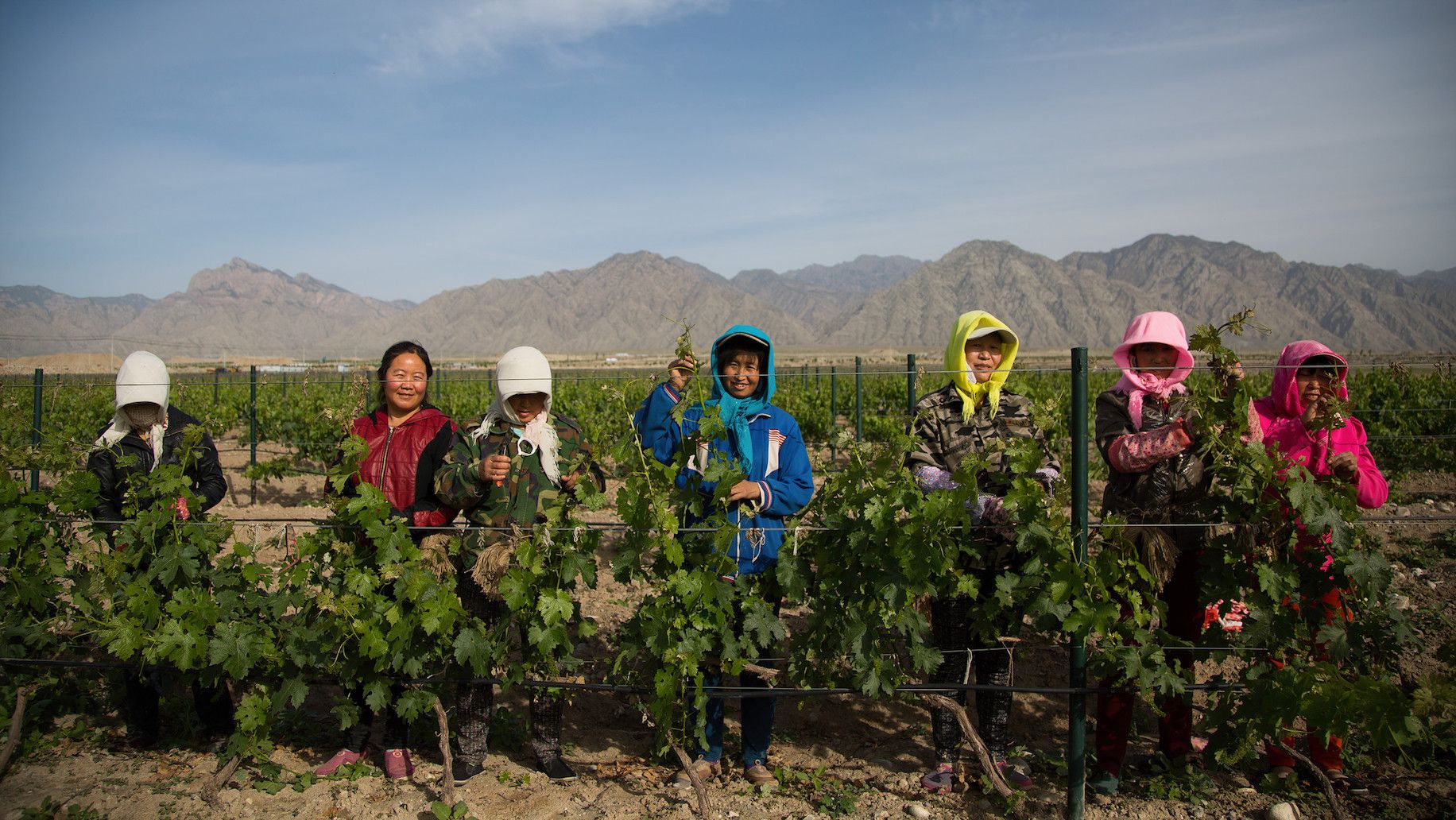Silver Heights is run by Gao Yuan and her French winemaker husband Thierry Courtade from Calon-Ségur no less.
Unlike many wineries in Ningxia, Silver Heights does not have antiquities and faux medieval halls to pull in the tourists. Instead it relies on the exquisite quality of a small range of wines, among the finest of more than 80 that I tasted in the course of a week travels through the burgeoning wine region.

Silver Heights has 48 hectares under cultivation and produces just 50,000 bottles a year. The Family Reserve Chardonnay is an excellent Burgundy-style white, akin to Puligny-Montrachet. Among the reds, The Summit, 65% Cabernet Sauvignon and 35% Merlot, is intense, with a complex nose and a good structure. The 2015 vintage came out well in a blind tasting of around 40 wines by myself and other European colleagues.
But the epiphany was Emma’s Reserve 2013 – the first Ningxia wine to blow me away. Aged for more than two years in new French oak, this 100% Cabernet Sauvignon is released only in magnums and is limited to 1000 bottles each vintage.

The epitome of elegance, Emma’s Reserve is rich and spicy with a superb velvety texture (a Brunello di Montalcino might be a comparable European equivalent). Reputedly, it was the wine served at a recent summit between German supremo Angela Merkel and her Chinese counterpart President Xi.
Emma’s Reserve has a family backstory. When the vineyard owner’s daughter Gao Yuan was sent to Bordeaux to study, she assumed the Western nickname ‘Emma’.


Gao Yuan and Thierry Courtade in Silver Heights’s original cellar, 2008
She interned at Château Calon-Ségur, then married French winemaker there Thierry Courtade, brought him back to settle in Ningxia and they called their new daughter Emma. The extraordinarily well-structured, floral perfumed Cabernet Sauvignon must, I think, be seen as a tribute, less to terroir, than to Courtade’s winemaking mastery.
Inevitably, Silver Heights’s output has not gone unnoticed. The Financial Times’s Jancis Robinson has lauded them and Robert Parker has awarded several of the wines 91 points. At around £400 a magnum, Emma’s Reserve is not cheap, but in a market which often seems to assume that the customer judges quality by price, it holds its own pretty effortlessly.
The other Chinese wines that have a UK presence
Among those wines in the UK market that are somewhat more affordable, Chateau ChangYu Moser is one of the best established. The Austrian winemaker Lenz Moser is behind the venture and now frequently travels to China to exchange knowhow. In April Tesco announced that it is making space on its shelves for Chateau ChangYu Moser XV 2015. This Caberet Sauvignon is said to be a cross between a classic Bordeaux and a rich fruity Australian wine and is available for less than £10.
Chateau ChangYu also has a Cabinet/Merlot blend and a varietal which in China is called Italian Riesling. This popular grape makes some good whites in Ningxia although it is not related to Riesling proper, I am informed by aficiandos. The higher end of the ChangYu range are distributed by Bibendum and Berry Brothers.

Chandon winery in Ningxia
Until recently the Chinese were busy borrowing French wine customs. Many wineries still describe themselves as ‘chateaux’ and talk about their wines as an ‘expression of Ningxia terroir’ just as if it were on prime hectares in Bordeaux.
But there are already signs that they are striking out on their own. French is disappearing off some labels. And the Chinese have their own predilection on bottle designs with a preference for the imposing. Meanwhile producers such as Chandon, Moët & Chandon’s sub-brand producing sparklers in China, India, the US and other countries outside France, are adapting to local tastes: Chandon’s Brut from Ningxia, for example, is a good deal sweeter than a Brut from Epernay.
So should an upscale bar or restaurant flaunt some top Chinese wines? Well, it would certainly create a sense of familiarity for Chinese billionaires – now more numerous than their American counterparts.









































